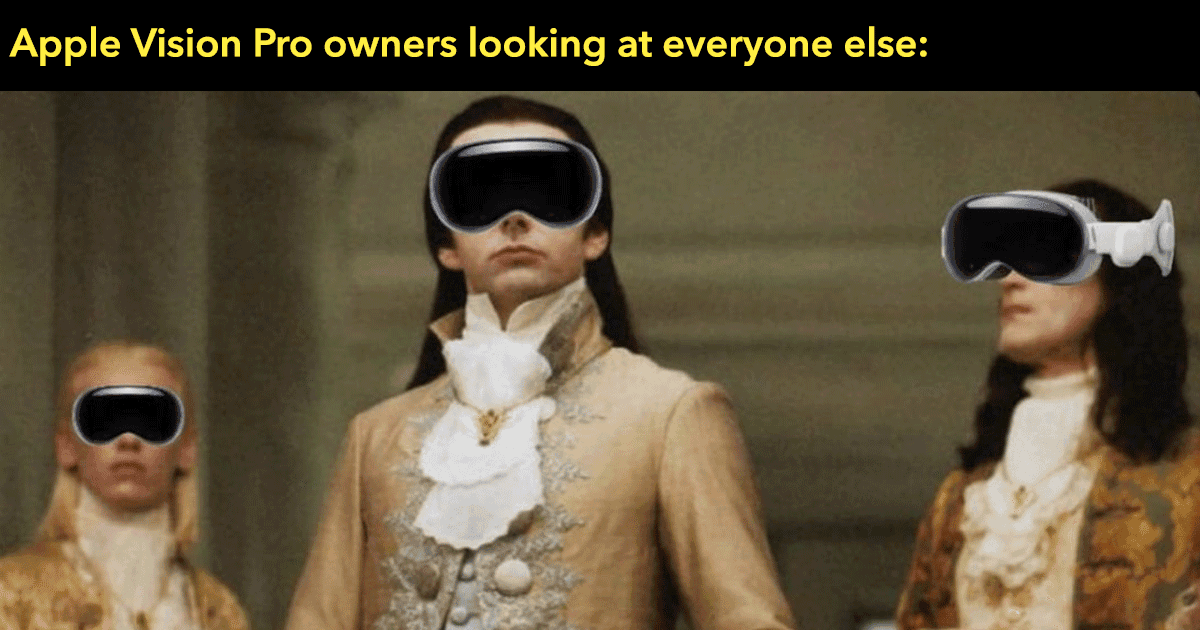That almost hurtful curiosity mankind has experienced and pondered over for millennia, of exploring the deepest and darkest corners of the universe, seems to be at its peak right now. Recently, some of the brightest minds and most powerful people in the world came together to set the framework of what might be considered the most ambitious space exploration project ever designed in our history. We’re not talking about the regular photographing units, we’re talking about the search for extraterrestrial life.
This is what we know of the space project so far…
Stephen Hawking and Mark Zuckerberg are two of the well-known figures to be a part of the project which is being called The Starshot Project.
Including Internet investor Yuri Milner, some of the brightest minds on this planet plan on sending a series of “nano crafts” into far space in a bid to explore and photograph worlds that are most likely to host organic life.

The Starshot project plans to send its tiny rockets to a system 25 trillion miles away.
The collaboration aims at peeking into the deep recesses of space that might contain alien life and its first target is the closest star system to ours – Alpha Centauri. Placed at around 25 trillion miles from our system, getting to the system by regular technology would take nearly 30,000 years. But the Starshot Project plans on covering the distance in all of 20 years.

Scientists have speculated that the Alpha Centauri might contain a few “habitable planets.”
Designed to ‘gram-scale nano crafts’, the tiny little rockets will use light beam propulsion – much like a sail for a ship – to travel at nearly 25% the speed of light on their quest to the nearest solar system to ours.
“What makes us unique is transcending our limits. Gravity pins us to the ground, but I just flew to America. How do we transcend these limits? With our minds and our machines. The limit that confronts us now is the great void between us and the stars. But now we can transcend it, with light beams, light sails, and the lightest spacecraft ever built. Today we commit to this next great leap into the cosmos, because we are human and our nature is to fly.”
Stephen Hawking was reported quoting by Independent

Reaching for the stars, although, might not be as hard as we’d imagined.
In fact, because of economies of scale and the decreasing price of computer components, the project might be able to see the light of day with just a few lakh rupees as investment. That clubbed together with the nano scale of the robotics and equipment makes this more of a reality with each passing day.

“The human story is one of great leaps,” Dr Milner told the Independent. “Today we are preparing for the next great leap – to the stars.”
Zuckerberg also posted about this on his FB wall and you can read the full report here.
Looks like he’s done making friends on Facebook and now wants to become buddies with aliens!

















